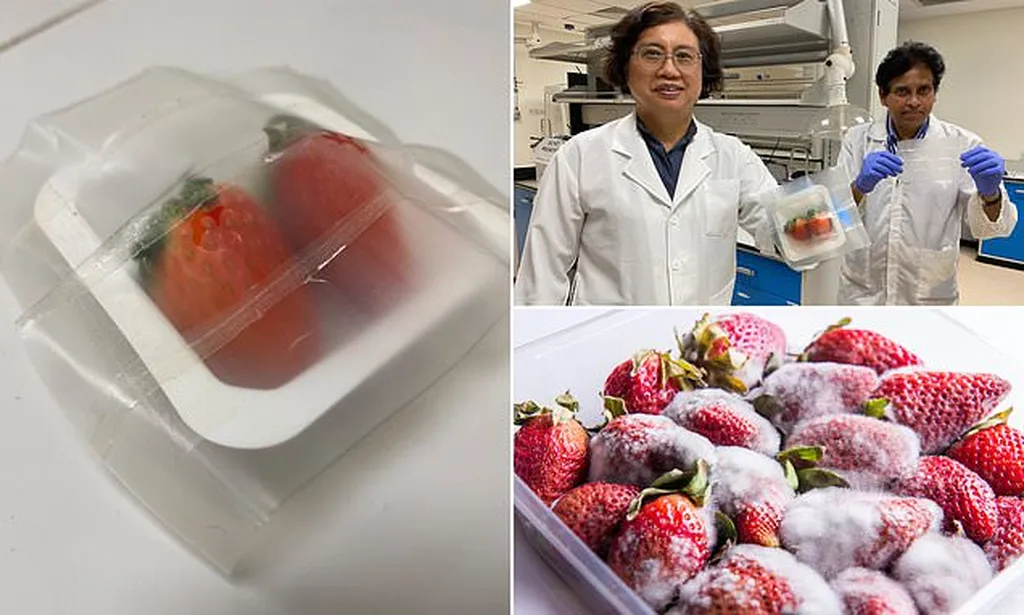In the ever-evolving landscape of medical technology, a recent review published in the journal *Exploration of BioMat-X* (translated to English as “Exploration of Biomaterials-X”) has shed light on the promising role of biopolymers in oculoplastic and orbital surgery. Led by Merve Kulbay from the Department of Ophthalmology & Visual Sciences at McGill University in Montréal, the research delves into the innovative use of biomaterials in reconstructive procedures, offering a glimpse into the future of eye surgery.
The review, spanning research from 2015 to 2023, explores the application of biopolymers in the reconstruction of eyelid structures, the lacrimal system, and orbital bones. Kulbay and her team highlight the fusion of biomaterial science with clinical practice, emphasizing the potential of these materials to revolutionize surgical techniques.
“Biopolymers offer a unique combination of biocompatibility and versatility, making them ideal for complex reconstructive procedures,” Kulbay explains. “Their ability to mimic natural tissues and integrate seamlessly with the body’s own structures presents exciting opportunities for improving patient outcomes.”
The review discusses various current and emerging biomaterials, both synthetic and natural, used in reconstructive surgeries. These materials are employed in applications ranging from eyelid structure reconstruction to orbital socket reconstruction. The research also delves into the pathophysiology and challenges associated with these procedures, providing a comprehensive overview of the field.
One of the key findings of the review is the lack of evidence-based guidelines for the use of biopolymers in oculoplastic surgery. Kulbay stresses the need for further research to evaluate the efficacy and reproducibility of these materials. “While the potential is immense, we must ensure that these innovations are backed by robust scientific evidence,” she notes.
The commercial implications of this research are significant. As the demand for advanced medical technologies continues to grow, the development of biopolymer-based solutions could open new avenues for medical device manufacturers and healthcare providers. The energy sector, in particular, could benefit from the development of biodegradable and sustainable materials, aligning with the global push towards environmental sustainability.
The review serves as a valuable resource for clinicians seeking to familiarize themselves with current knowledge in the field. It also generates hypotheses for future research, paving the way for further advancements in biopolymer applications.
As the medical community continues to explore the potential of biopolymers, the insights provided by Kulbay and her team offer a compelling vision of the future of oculoplastic and orbital surgery. The journey towards optimal reconstruction techniques is ongoing, but the promise of biopolymers brings hope for improved patient outcomes and innovative surgical solutions.

